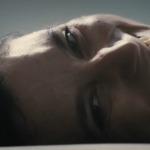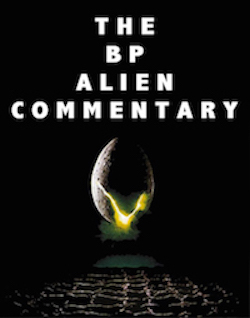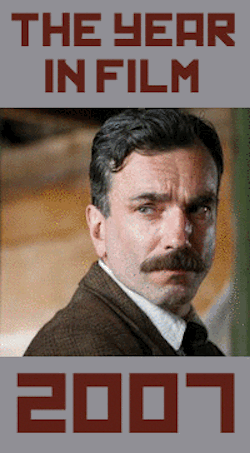No One Was Saved, by Rita Cannon
Has any other film had as complicated as rollout as Ned Benson’s The Disappearance of Eleanor Rigby? Originally conceived as two separate films that could either stand alone or be seen as a double feature, Benson’s drama about about a couple’s separation in the wake their child’s death was released a few weeks ago in a condensed version called The Disappearance of Eleanor Rigby: Them. This week, the original full-length version is released. Whereas Them cut back and forth between the perspectives of Eleanor (Jessica Chastain) and Conor (James McAvoy) the full version is separated into two discrete acts, subtitled Her and Him. I haven’t seen Them, but reviews from those who did were mostly tepid, and I think I can understand why. Him and Her have significantly different looks and tones, so cutting from one to the other must have been somewhat jarring. Additionally, some of the most interesting moments in Him/Her happen when we see a scene once from Eleanor’s perspective, and then again from Conor’s, only to discover that their respective memories don’t perfectly match.
Her is the chapter we see first, and it chronicles Eleanor’s attempts to move on and reinvent herself following her separation from Conor and a subsequent suicide attempt. She moves back in with her academic parents, played wonderfully by John Hurt and Isabelle Huppert, and her sister Katy, a single mother and part-time librarian played by Jess Weixler. She also re-enrolls in college, taking a class in identity theory from one of her father’s colleagues (Viola Davis), with whom she forms a prickly quasi-friendship. This chapter is full of great acting, especially from Hurt, Huppert, and Weixler, who do a wonderful job of showing the warmth, concern, and undeniable discomfort that results when a family reunites under incredibly sad circumstances. While both chapters of Benson’s film are enriched by the other, Her would also be a pretty solid indie drama all by itself.
This is less true of Him, which has a clearer narrative thread than the mostly episodic Her, but somehow manages to be feel more disjointed. We follow Conor as he struggles not only with grief over his dead child and ailing marriage, but also with the financial failure of the restaurant he runs with college pal Stuart (an impressively understated Bill Hader), and a tricky relationship with his father (Ciaran Hinds) – also a restauranteur, albeit a much richer and more successful one. Conor’s side of the story, while still shot through with a deep sadness, has a lot of humor in it (Eleanor’s has almost none). Conor’s support system is like a backward reflection of Eleanor’s. She leans on her loving family while struggling to tolerate her now insipid-seeming old friends; he leans on friends and coworkers but connects only sporadically with his father. Conor”s friendship with Stuart and relationship with his father are fleshed-out and compelling, but much of the rest of his story blurs into cliché, including a fairly icky hookup with an opportunistic coworker played by the great but woefully underused Nina Arianda. Speaking of underused, Tony-winner and all-around delightful performer Nikki M. James makes an appearance as another of Conor’s employees, and maybe speaks four words in the entire movie.
The intersection of both storylines is where things really get interesting, and where the film provides a sharp commentary on the power of perspective. As he’s shown in Eleanor’s chapter, Conor comes off as a pushy jerk who refuses to allow his wife space to process her grief. In Conor’s chapter, Eleanor comes off as an opaque manic-pixie type whose capricious decisions don’t make any sense. It’s only in viewing them both together that we start to see who they really are, both on their own and to each other. They share only a handful of scenes, and those are the ones we see twice, once from his perspective and once from hers. The visual differences between them – seeing them from two perspectives in a purely literal sense – is an interesting experience all on its own, but there also other differences. Most of them are minor – he remembers them having a conversation while lying on the couch, but she thinks they were sitting on the floor – and more easily attributable to random tricks of the mind than to any desire to deceive. But there also a few lines of dialogue, particularly one near the end of both chapters, that they differ on, and that totally change the dynamic of the moment depending on whose version you believe is closer to the truth.
In an effort to get Eleanor to come home, Conor tells her, “When we were together, everything was clear. Now I’m not so sure.” Benson’s film seems like a strange kind of rebuttal to that line. Separating this story into two sometimes-conflicting narratives might make its events a little less clear, but it also makes the story a little more true.



























